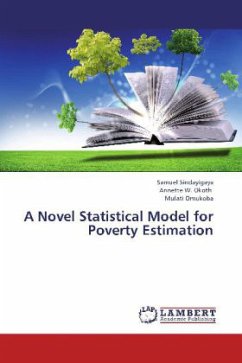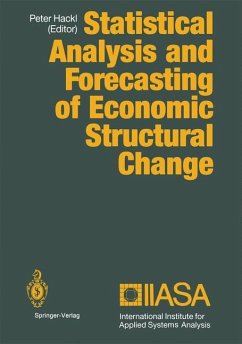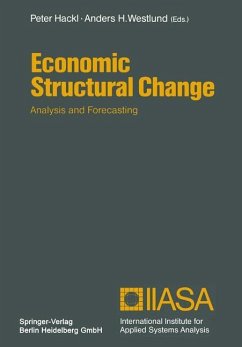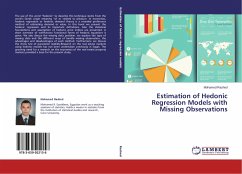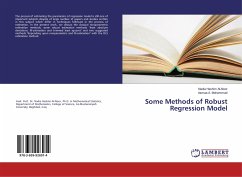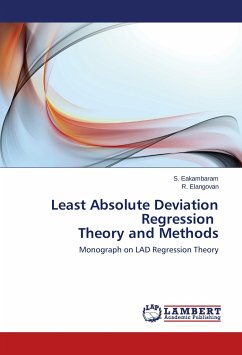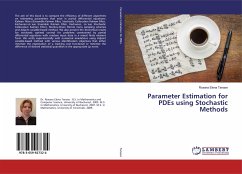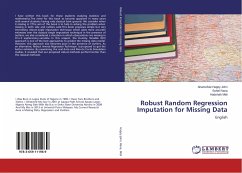
Regression-Based Estimation Methods of Poverty Incidences
Using CBMS Marinduque Data
Versandkostenfrei!
Versandfertig in 6-10 Tagen
39,99 €
inkl. MwSt.

PAYBACK Punkte
20 °P sammeln!
This research paper exhibits different methods in estimating poverty incidence in the barangay level. It focused on using the multiple linear, Poisson, and the negative binomial regression models. Estimates obtained were ranked according to barangays with highest poverty incidence. The data that was used was the 2009 CBMS Marinduque data, this was the latest and complete data of Marinduque from the Community-Based Monitoring System. Significant correlates were obtained by using the chi-square test of independence and showed that the use of solar electricity, electric battery, and other sources...
This research paper exhibits different methods in estimating poverty incidence in the barangay level. It focused on using the multiple linear, Poisson, and the negative binomial regression models. Estimates obtained were ranked according to barangays with highest poverty incidence. The data that was used was the 2009 CBMS Marinduque data, this was the latest and complete data of Marinduque from the Community-Based Monitoring System. Significant correlates were obtained by using the chi-square test of independence and showed that the use of solar electricity, electric battery, and other sources of energy is not significant thus removed from the data. To ensure that multicollinearity would not be present in the data, the Principal Component Analysis was used to reduce the predictor variables. Both the original significant predictor variables and the reduced variables were used to model the data for comparison. Among all the models acquired, multiple linear and negative binomial with parameter equal to one regression models were used to compare with the actual poverty proportions. Poisson regression model was not used for the goodness-of-fit test showed that the model is overdispersed



